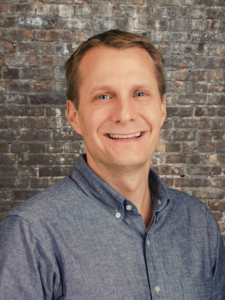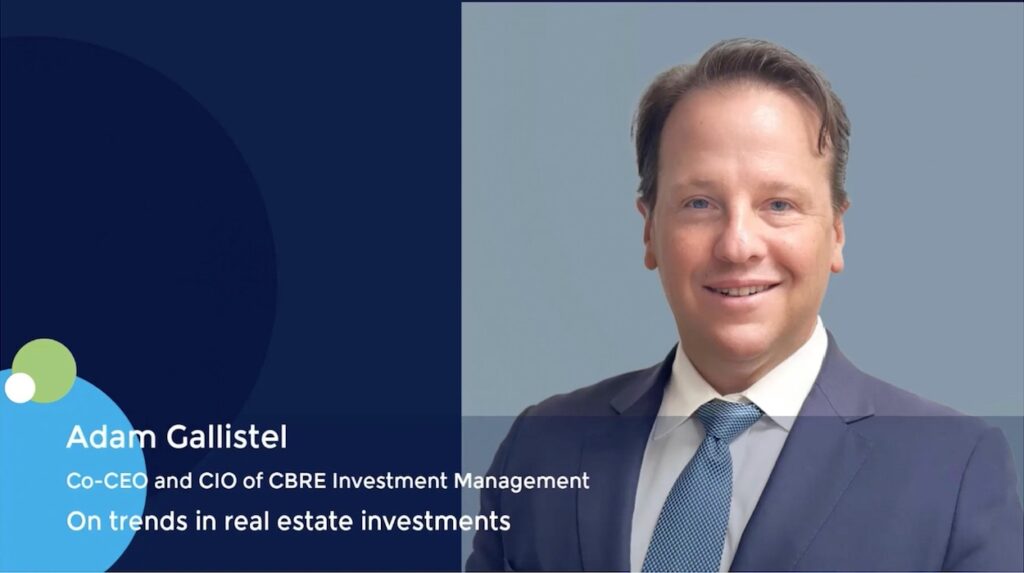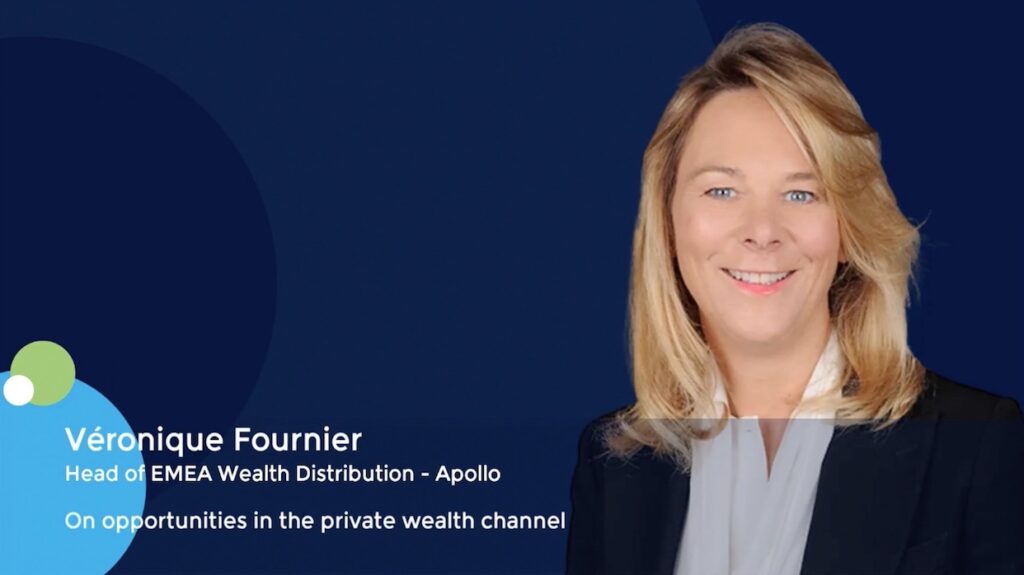GP Profile: MiddleGround Capital seeks industrial B2B targets, highlights Toyota-inspired operational ethos
- USD 800m fund is largely deployed, with capital remaining for add-ons
- Targets US and European B2B companies
- Team’s Toyota roots provide basis for value creation and operational improvement
Having announced two new acquisitions in 1Q24, US-headquartered MiddleGround Capital expects to maintain a steady pace of deployment for the rest of the year, with the team’s automotive sector background underpinning its approach to value creation, Justin Steil, partner and head of MiddleGround’s transaction team, told Mergermarket.
“We have largely maintained our deployment objectives despite the environment slowing down,” said Steil. “We have had to adapt to the market and part of our strategy is finding interesting and relevant opportunities in any environment.”
Founded in 2018, Lexington, Kentucky-based MiddleGround invests in the US and European B2B industrials, manufacturing, and distribution sectors, focusing on opportunities to leverage its operational improvement playbook to quickly create value.
“We are an operational improvement firm, not a turnaround firm or a distress-focused firm,” explained Steil. “We buy good businesses and work to make them great.”

Justin Steil, partner and head of MiddleGround’s transaction team
To date, MiddleGround has made 18 platform acquisitions, 16 in North America, and two in Europe, with total assets under management of USD 3.4bn. The middle-market sponsor typically buys businesses with USD 15m-USD 100m in EBITDA, writing equity checks of USD 20m-USD 350m.
Within its broader investment area, the firm has three key theses around mobility, infrastructure, and advanced manufacturing, referred to as industry 4.0.
In 1Q 2024, MiddleGround announced two deals: the acquisition of Spanish engineering services company IT8 and, in the US, the take-private of Athol, Massachusetts-based L.S. Starrett [NYSE:SCX]. The latter transaction is yet to close.
MiddleGround has been deploying its second flagship fund, a USD 800m, 2021-vintage vehicle, and – for its mobility thesis area – a USD 250m mobility fund. It also raises co-investment capital for every deal, with over USD 1bn raised to date. The sponsor’s second fund is now largely committed in terms of new platforms, with capital left for add-ons, said Steil.
Regulatory filings indicate that MiddleGround is currently raising its third flagship fund. According to a source familiar with the situation, L.S. Starrett represents the first deal from this vehicle. There are likely to be 8-10 platform acquisitions in total.
Toyota roots
Much of MiddleGround’s ethos originates from Toyota and the Japanese carmaker’s famed production system forms the bedrock of its approach to investment and value creation.
“Two of our three founders came out of Toyota and one of them has written a book on Toyota’s production system,” said Steil. “Our reason for being is buying middle-market businesses and implementing aspects of the Toyota production system based on lean management and continuous improvement.”
A specific value creation plan is designed for each deal, which can be executed immediately.
“When they’re doing a traditional sale process, a lot of investment banks would want a private equity firm to sit through a four-hour management presentation, but most banks know that we’d rather sit with management for an hour and spend the other three touring the facilities,” said Steil.
This enables MiddleGround to understand whether an investment is a good fit for a specific set of value-creation levers it can pull across manufacturing and distribution.
“What we’re interested in is the level of complexity in the production process,” said Steil. “How many steps? How much inventory do they have? How many facilities do they have? That all tends to spell opportunity for the very specific toolbox we use on a repeatable basis across our portfolio.”
Automation is central to this approach. Leaning further on the Toyota playbook, MiddleGround recruited the first cohort of an automation team from the carmaker’s Georgetown, Kentucky plant in 2021, with further hires in 2022 and 2023. They now work across the sponsor’s portfolio. “They’re implementing automation projects at cost in days, not months or years,” Steil said.
Lower-skilled jobs are a key area focus, especially roles in which workers perform the same task repeatedly. Race Winning Brands, a Mentor, Ohio-based automotive parts manufacturer with more than USD 325m in revenue, is a case in point. On acquiring the business in November 2021 -from its Fund II- MiddleGround introduced automation to reduce the number of staff required to move equipment from a handful to just one.
In a tight labor market, rather than cutting headcount, workers are typically upskilled and redeployed to higher value-creating jobs.
Keeping pace
MiddleGround also drew upon Japanese influences when devising its “hoshin” planning strategy, which loosely translates as “looking to the horizon.” Once the hoshin goals are in place, a business development team is assigned targets for fresh interactions with industry contacts, company executives, and investment bankers.
The sponsor responded to the more challenging investment environment by adding personnel and rigor to this deal-sourcing process.
“Back at the market peak in 2021, you could just pick up the phone and hear from investment bankers,” said Steil. “Now, we’ve actually had to have more than double the interactions in the last 12 months to get the same number of opportunities as the 12 months before, so we have to work twice as hard.”
Steil credits this with helping MiddleGround avoid a dip in deal origination opportunities, adding that the pipeline of opportunities around the mobility thesis is particularly robust.
“Toyota is best known for its production system and manufacturing efficiency but it’s also an automotive business,” said Steil, explaining the strategy. “There are many people on our team that see this as a once-in-a-lifetime opportunity to invest in the mobility space with things like electrification and autonomous vehicle technology.”
After a tough few years, characterized by COVID-driven shutdowns and semiconductor shortages, the automotive sector outlook has improved. MiddleGround sees a growing number of high-quality assets that require fresh capital. Many are categorized as “good company, bad balance sheet” in that they are struggling with heavy debt loads but operational performance remains strong.
Broader industrials opportunities span infrastructure and advanced manufacturing. The latter – which include robotics, automation, and 3D printing – typically require smaller equity checks. MiddleGround looks to acquire a platform asset and then make add-ons, which is not the operational improvement-focused sponsor’s typical calling card, according to Steil.
Last year, also from Fund II, it acquired Megatech, a Quebec-based advanced manufacturing business with revenue of around USD 13m. The company is now pursuing a buy-and-build strategy focused on machine shops specializing in high-precision and complex parts as well as targets with complementary manufacturing capabilities across 3D printing, precision sheet metal, and wire electrical discharge machining (EDM), Mergermarket reported last year.
Meanwhile, also last year, MiddleGround opened its first office in Europe, in Amsterdam. A debut European deal duly followed with the acquisition of UK-based motorsport transmission systems producer Xtrac from Inflexion. Earlier this year, it bought IT8 in Spain.
Mergermarket reported last year that MiddleGround was looking to leverage its operational approach to become a key player in the European industrial market. Steil said the sponsor sees a good flow of family and founder-owned deals in Europe.
Take-privates represent another opportunity, as evidenced by L.S. Starrett, which MiddleGround tracked for several years before making its move. It continues to scour the public markets for other “good middle-market businesses that would probably be a better fit for private equity ownership than they are for public market trading,” said Steil.
Exit strategies
MiddlgeGround’s strategy involves a relatively rapid return of capital, which is achieved in a number of ways other than a full exit, said Steil.
The sponsor’s value creation model, which is designed to improve EBITDA and facilitate the paying down of debt, enables it to extract dividends without needing to refinance and return leverage to where it started. Distributions also come through the sale and leaseback of real estate assets.
“We’re buying these industrial businesses for 5x to 10x EBITDA and we can turn around and sell the whole real estate portfolio for 11x to 20x rent, so there’s a real value unlocked. It has been another conduit for returning capital to our investors early in our hold,” said Steil.
Meanwhile, MiddleGround is pursuing exits from Fund I. The expectation is that two or three assets could be sold before the end of 2025. One of these is currently in the market and it could be exited by the end of this year, Steil added.
The fund saw a significant liquidity event in November 2023 when MiddleGround closed a USD 440m continuation vehicle for Carol Stream, Illinois metal processing and distribution business Banner Industries. The transaction was structured in tandem with an acquisition as Banner merged with industry peer Castle Metals to create a business with USD 1bn in revenue.
Steil described it as an opportunistic move. Banner was performing well – EBITDA had grown from around USD 7m at the time of acquisition in 2019 to around USD 65m last year – and MiddleGround was close to initiating a sale process when Castle Metals, which faced balance sheet pressure, became available.
There was insufficient dry powder in Fund I for a straight acquisition, so a continuation fund made sense. This option was explored in parallel to a sale of Banner. “We didn’t go looking for a continuation vehicle,” said Steil. “It was a creative solution to a set of circumstances.”
MiddleGround did not use a placement agent for the continuation vehicle, given that it had a number of investors lined up to participate in the deal. The sponsor made a “meaningful” contribution to the vehicle to maintain alignment with investors, said Steil, adding that those choosing to exit received a multiple on invested capital (MOIC) of more than 4x.
Looking ahead, MiddleGround is still trying to determine how secondaries fit into its exit strategy rather than identifying the next candidate for a continuation vehicle. “It would have to be where the value creation opportunity remains robust or there’s a new chapter,” said Steil.












